‘Deinfluencing’ is here! Gen Z and millennials giving up for 9-to-5 jobs: ‘I haven’t done anything with my brain’
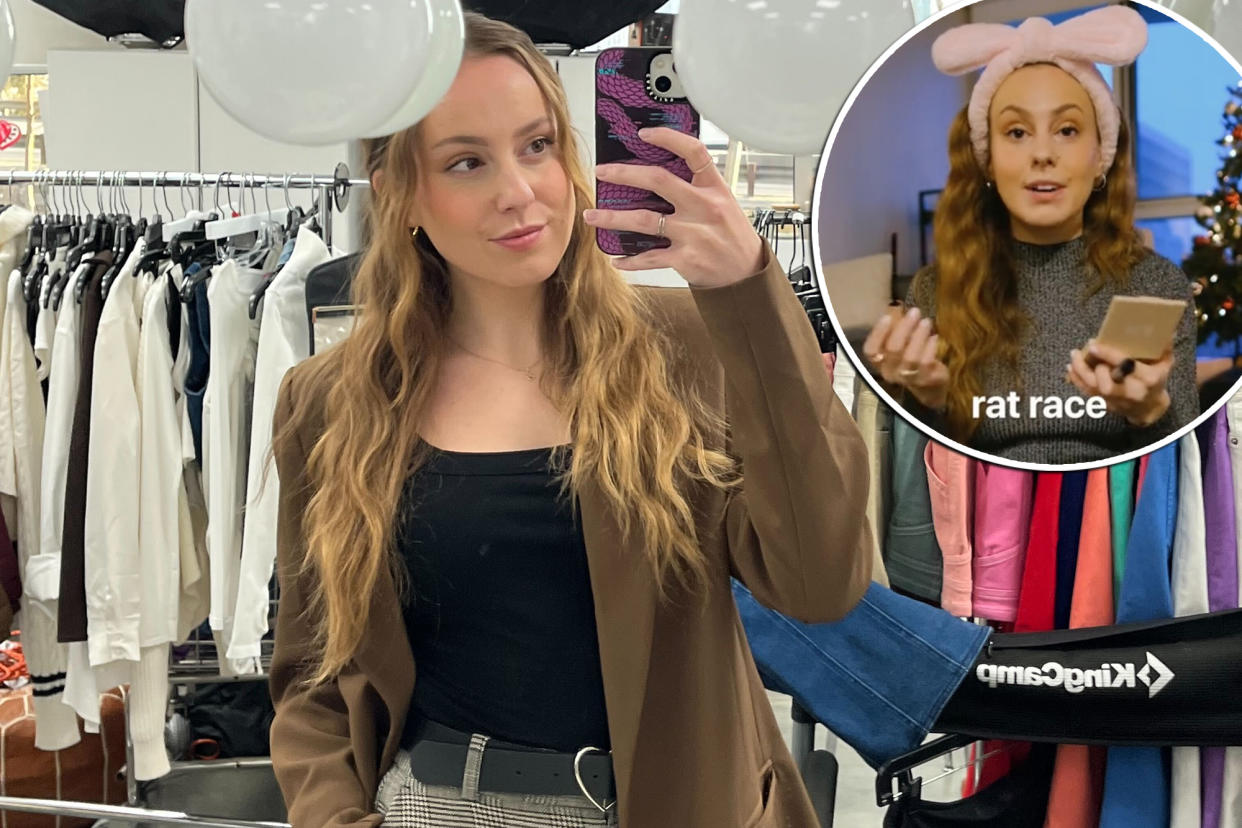
Hannah Warling’s no longer under the influence of the limelight.
In July 2023, the virtual fashionista, who’d amassed a fan base of 1.8 million since pursuing full-time content creation in March 2020, noticed that chasing social media virality had lost its once intoxicating hook.
Incessantly pumping out styling how-to’s alongside promotional posts for the posh likes of Ralph Lauren and Jimmy Choo left the brunette unfulfilled.
Solo filming herself at home each day ultimately sent the self-professed “extreme extrovert” spiraling into depression.
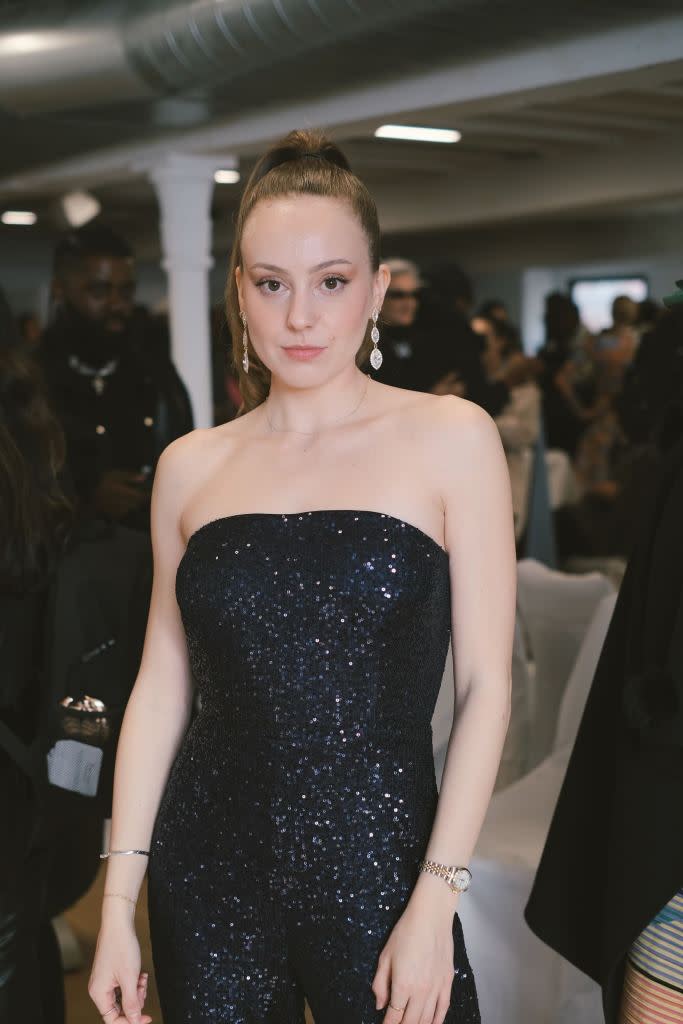
But she hadn’t lost her passion for fashion. Instead, the Gen Zer had grown disinterested in influencing.
“When you’re an influencer, you become the product — you’re selling yourself to the world,” Warling, 26, from Los Angeles, explained to The Post. “And when you’re the product, you can’t stop. You always have to be on all the time.”
“You’re constantly updating your socials, making videos, taking on brand deals because your livelihood depends on it,” she added. “Living that lifestyle can be extremely difficult.”
Of the estimated 10.2 million digital trendsetters across the US, Warling is one of the growing number of dissenters to walk away from the glitzy world of influencing — an industry projected to be worth $24 billion by the close of the year.
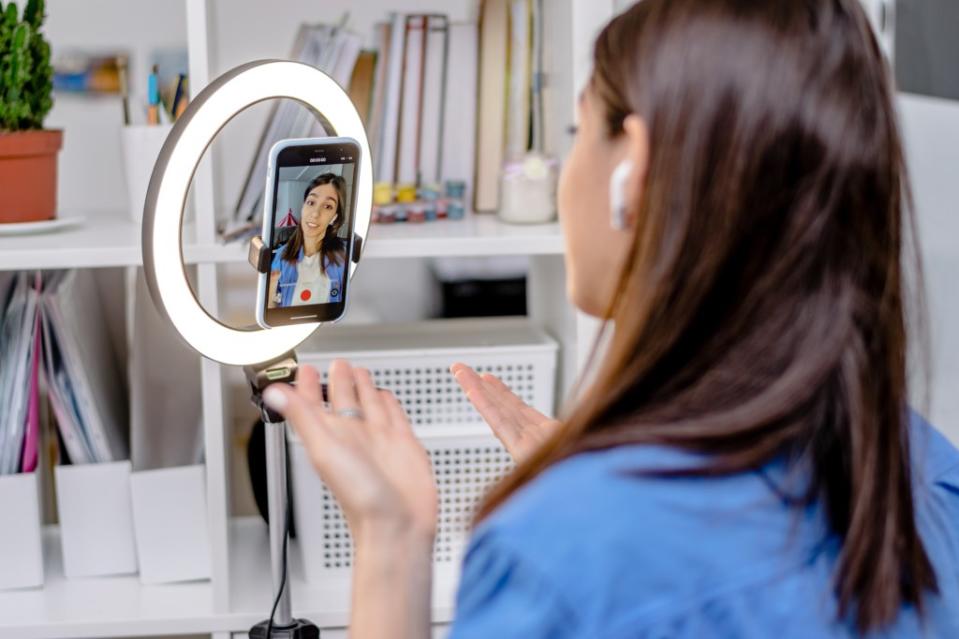
In fact, a February 2024 report noted that the influencer market, dominated by internet megastars such as Charli D’Amelio and MrBeast, has more than tripled since 2019.
Owing to the COVID-19 pandemic — which sent quarantine-exhausted creatives flocking to Instagram, TikTok and YouTube for intrapersonal connections — online fame became attainable to everyday folks.
Top universities such as USC, Cornell, Duke and Chapman have even rolled out courses dedicated to influencership for spotlight wannabes. Ireland’s South East Technological University took its commitment to the buzzy career a step further, offering scholars a bachelor of the arts degree in its name.
And for some small-screen socialites, learning the tricks of the high-tech trade has paid off in spades.
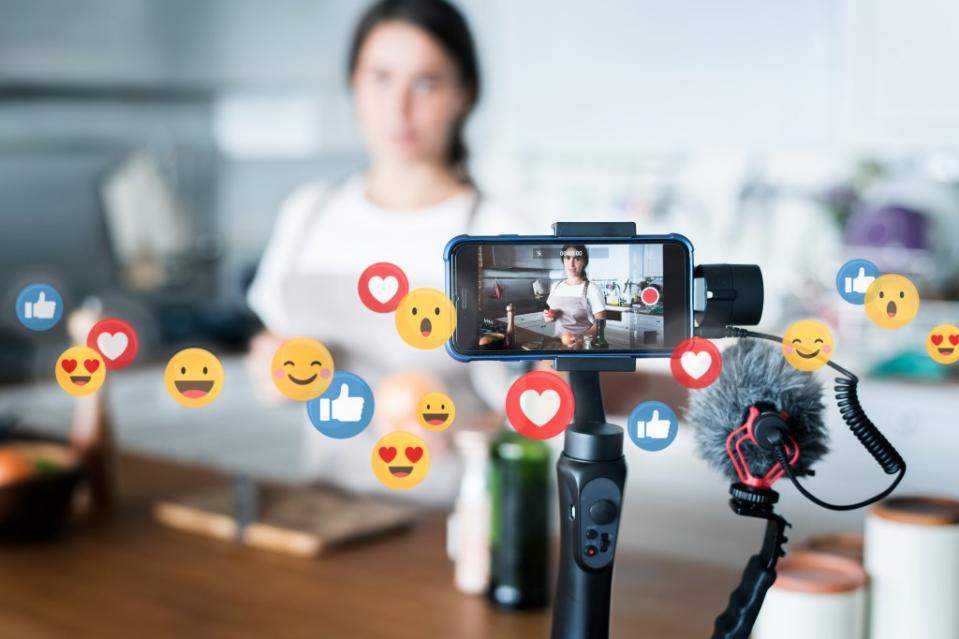
Beauty tastemaker Shantania Beckford, 29, went from homelessness to raking in more than $12,500 a month through partnerships with the posh likes of Sephora, Reebok and Gym Shark, thanks to her social media superstardom.
However, while NYC lifestyle influencer Ana Wolfermann says she’s achieved similar success — such as gaining exclusive access to New York Fashion Week soirées, coveted brand deals and a higher income than most recent college grads — the 22-year-old is, too, calling it quits after a three-year run.
“This is not what I want to do full time,” the young cyber starlet announced in a trending TikTok confessional this month.
The perks of being a trailblazer aside, Wolfermann began feeling “brainwashed” by the unrelenting pressure to post and perform for social media’s pleasure.
“When I do anything with my life, I have to take time out of my day to take a picture of me or to take a video of me,” she said. “I hate that — it is way too much of a self-obsessive job.”
“I feel like since [becoming an influencer], I haven’t done anything with my brain.”
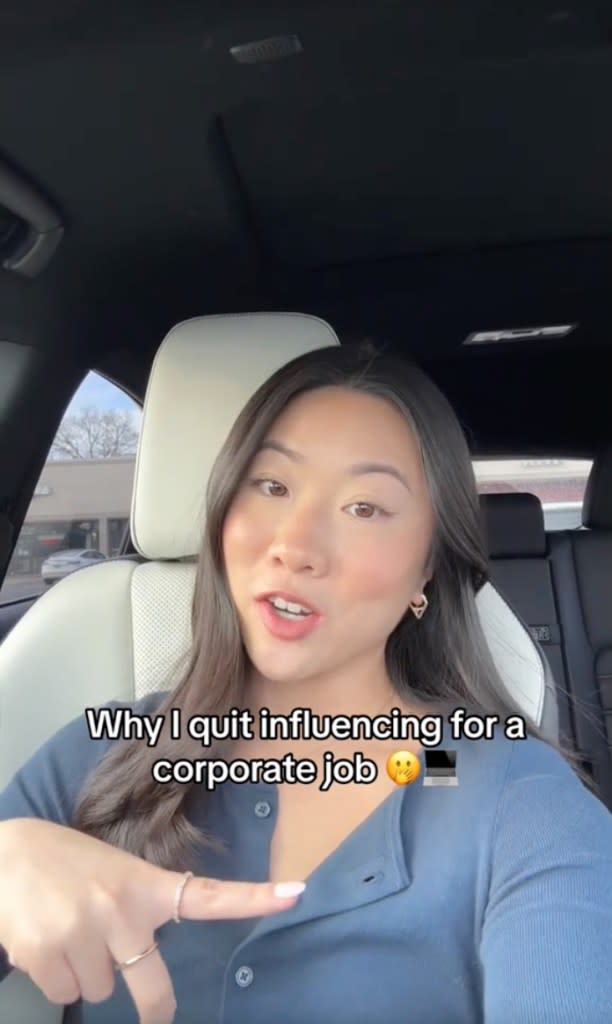
Marisa Kay, 25, bowed out of the petite fashion influencer sphere at the top of the year.
The Oregonian, now a marketing executive, told her over 41,000 TikTok followers she’d grown tired of “busting my a- -” curating cutesy clips in order to make ends meet — an uphill battle during months when sponsorship deals were few.
Financial stability is also incentivizing Abigail Grace, 25, a fitness and makeup maven from Arkansas, to pursue a more traditional 9-to-5.
“I’m definitely not at the point where I’m making a super comfortable living,” she admitted. “It’s extremely financially stressful — especially in this economy.”
Georgie Morley, a wellness vlogger-turned-wedding photographer from Nantucket, Mass., pivoted away from influencing amid the content creator boom of 2020. At the time, the New Englander’s fan base and ad campaign offers were expanding as her personal agency waned.
“From the mental health side of things [on] social media,” she began. “If you struggle with self-worth … and your value is measured in dollars and followers, it is incredibly difficult to create boundaries around that.”
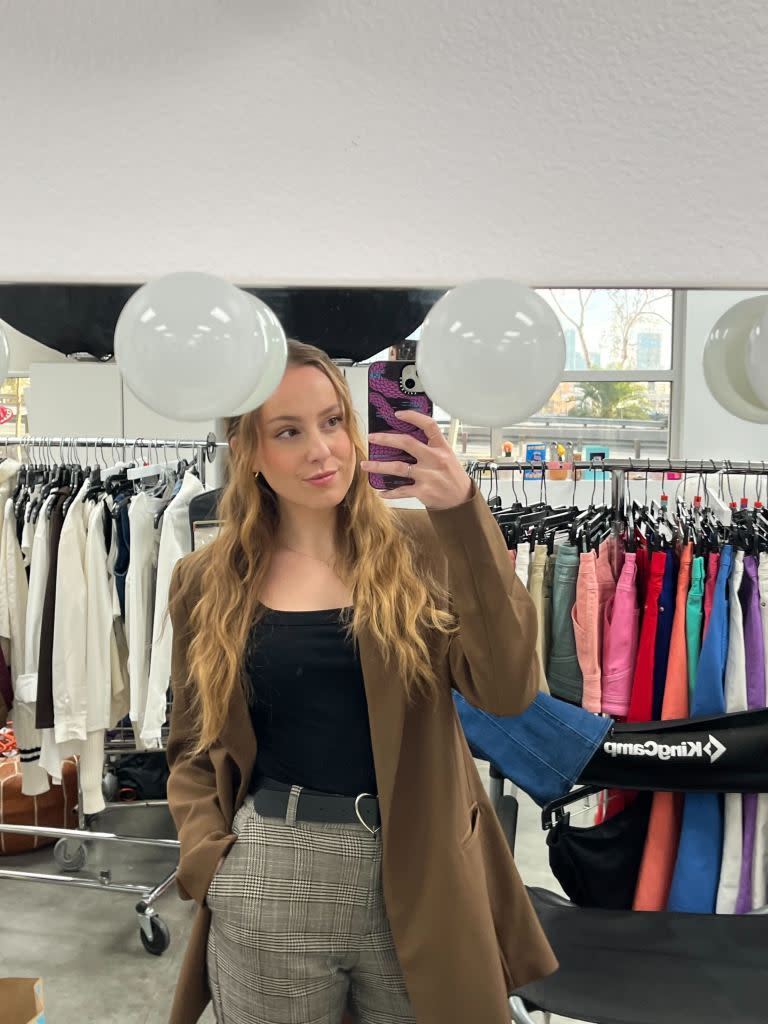
Warling also wasn’t willing to continue living a life of inner chaos.
She secured a fully in-office job as a social growth strategist with a fashion company last September. The entrepreneur-turned-staffer is earning just about as much money as she made working for herself, she says.
And while her parents, both retired mechanical engineers, initially thought she was nuts for ditching the freedoms of influencing to rejoin the rat race, Warling tells The Post she’s never been happier.
“I love working in a team setting that provides me with daily structure and a face-to-face community,” the worker bee said, adding that she still enjoys creating social media content at her leisure from time to time.
“Now, I’m working in an environment that isn’t solely centered around me — it’s about helping others.”
“And that makes me feel good.”

